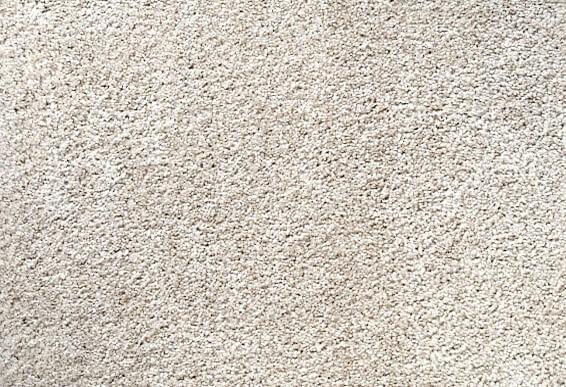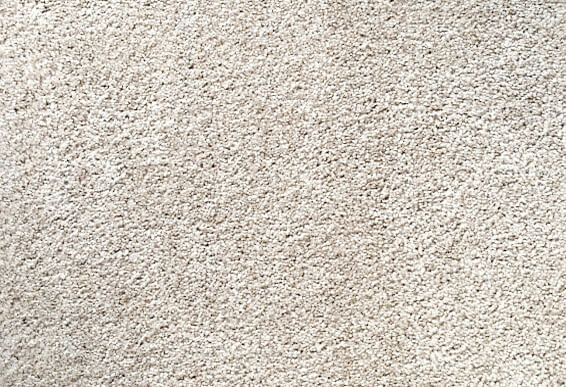
Diatomaceous Earth: Deodorizing Your Carpet

All too often, carpets harbor unwanted smells. Whether caused by spills, pets, moisture, or age, unwanted carpet scents can be difficult to remove. The porous nature of diatomaceous earth is great for removing odors from the carpet and making your home more pleasant. Just follow our five simple steps below for a fresher smelling carpet:
You Will Need:
- Food Grade Diatomaceous Earth
- An Applicator
- A Vacuum
- 24-48 hours
Step 1:
Identify the area on your carpet that the odor is coming from. This may be a specific area or it may be the whole carpet.
Step 2:
Take the applicator and use it to coat the carpet or affected area with DE. One scoop of the Wilcox 3 Quart applicator should be enough to cover between 5 and 10 square feet (use more with a longer shag carpet).
Step 3:
You might want to use your hands or a broom to work the DE into the carpet. There should be no clumps visible.
Step 4:
After 24-48 hours (the longer they wait the greater the effect), go over the carpet with a vacuum to take up any DE. A word of warning here: DE is very hard on traditional filtered vacuums. Unless you're only cleaning a small section, we recommend using a shop vac to avoid burning out your vacuum's motor. For more information on cleaning up diatomaceous earth after you've applied it, check out our article here.
Step 5:
Repeat as often as your carpet needs it.
